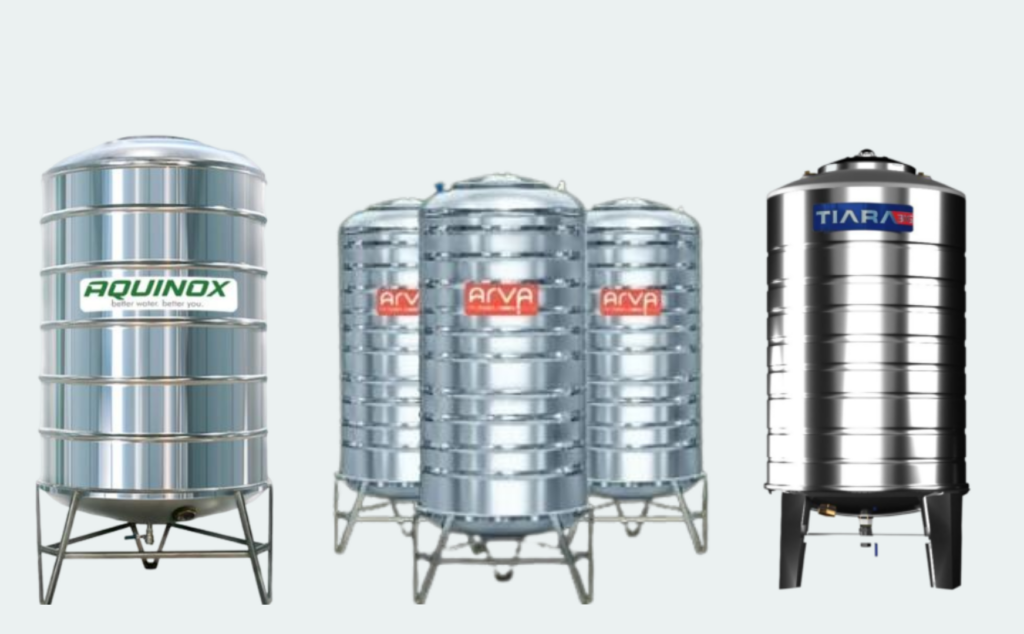
Water storage is an essential aspect of maintaining a steady and clean water supply in any apartment. In cities, where water availability can be unpredictable and water pressure varies, choosing the right water storage tank is vital. The tank you choose will depend on several factors, including the size of your apartment, the water usage needs of your family, available space, and even budget. This article provides a guide to help you make the right decision when choosing the best water storage tank for your apartment.
1. Determine Your Water Requirements
The first step in choosing a water storage tank is understanding how much water your apartment needs. Consider the number of people in your household, the average daily water consumption, and any additional requirements, such as gardening or cleaning. Generally, the average water consumption per person per day is around 100-150 liters. Multiply this by the number of people in your household to determine your total water storage requirement.
It’s also important to consider the water supply availability. If your apartment experiences frequent water shortages or irregular water supply, it’s wise to opt for a larger storage tank to ensure you have enough water during dry spells.
2. Choose the Right Material
Water storage tanks are available in several materials, with each having its own advantages and disadvantages. The most common materials used for water storage tanks in apartments are:
Plastic Tanks: Lightweight, affordable, and easy to install, plastic tanks are a popular choice. They are resistant to corrosion and have good insulation properties, helping maintain water temperature. However, lower-quality plastic tanks can degrade over time when exposed to UV rays, so it’s important to choose a food-grade, UV-resistant tank.
Stainless Steel Tanks: Known for their durability and strength, stainless steel tanks are rust-resistant and offer excellent long-term performance. These tanks maintain water quality and prevent the growth of bacteria and algae. However, they tend to be heavier and more expensive than plastic tanks.
Fiberglass Tanks: Fiberglass tanks are strong and durable, with excellent resistance to corrosion. They are also lighter than stainless steel tanks but are more expensive than plastic ones. Fiberglass tanks provide good insulation and help in maintaining water temperature.
3. Consider the Available Space
The available space in your apartment will influence the type and size of the tank you can install. Overhead tanks are ideal for apartments with limited ground space, as they can be installed on rooftops or terraces. These tanks use gravity to distribute water, saving energy. However, the size of the tank will be limited by the available roof space.
If you don’t have space on the roof or don’t want an overhead tank, underground tanks or wall-mounted tanks can be good alternatives. These tanks are typically installed below the ground level and are less noticeable. They provide large storage capacities, but their installation can be more expensive and complicated.
4. Tank Capacity
The tank capacity should be chosen based on the size of your apartment and the number of people living in it. For a small apartment with one or two people, a tank with a capacity of 500-1000 liters should suffice. For larger families or bigger apartments, a tank with a capacity of 2000 liters or more may be required. Ensure that the tank you choose is neither too small, leaving you without sufficient water, nor too large, resulting in wasted space and unnecessary costs.
5. Water Quality and Safety Features
Water quality is a crucial factor when selecting a water storage tank. Some tanks, especially those made of plastic, can release harmful chemicals if they are of poor quality. It’s essential to ensure that the tank is made from food-grade material and is certified for safe water storage. Look for features such as built-in filters, UV protection, and smooth internal surfaces that prevent algae and bacteria growth. Stainless steel and fiberglass tanks are generally more reliable in maintaining water quality.
Conclusion
Choosing the right water storage tank for your apartment involves considering factors such as water requirements, material, capacity, available space, and budget. It’s important to select a tank that suits the size of your household while ensuring it maintains water quality and is easy to maintain. By carefully evaluating these factors, you can make an informed decision and ensure a consistent, reliable water supply in your apartment.


